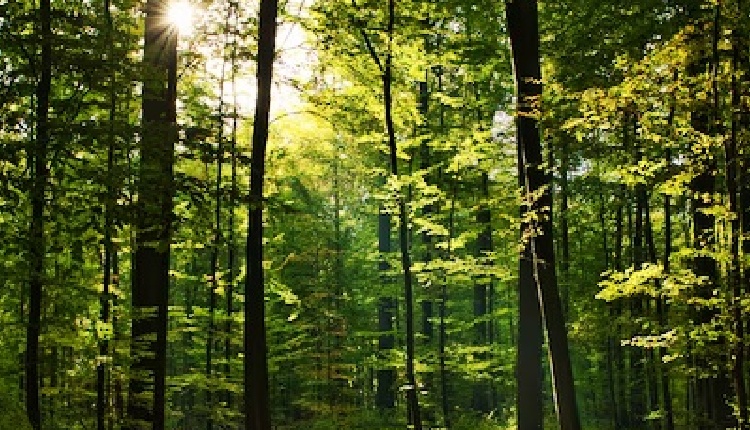New Delhi: Despite being a tropical country, India has not been able to unlock the full potential of agroforestry yet and the Economic Advisory Council (EAC) to the Prime Minister has proposed game-changing interventions to transform the sector which is critical to the livelihoods of the farmers in many ways.
According to the latest EAC-PM paper, the agroforestry sector remains under-utilised and stifled by regulation.
As of 2021, the area under agroforestry (defined as tree cover per cent greater than 10 per cent on agricultural land) is estimated to be around 28 million hectares, which is a mere 17 per cent of total agricultural land and is far less when compared to the global average of 43 per cent.
Agroforestry is India’s primary source of timber. As per the Indian Council on Forest Research and Education (ICFRE), over 93 per cent of India’s domestic timber was produced by “trees outside forests”, a majority of which are agroforestry plots.
“However, a stringent, complex and cumbersome regulatory policy combined with a conservation-led approach to forestry has stifled the growth of agroforestry in India. Consequently, India has become a net importer of timber. In 2023, India imported over $2.7 billion worth of timber, which equals almost 12 per cent of all agro-based imports for the same year. Furthermore, according to the paper, between 2010 and 2019, 42 per cent of total timber imports came from “at-risk countries”, while 80 per cent of teak and more than 70 per cent of Gurjan (high-value native species) came from high-risk countries or conflict-affected states,” the paper mentioned.
“Additionally, the demand for timber from the plywood industry alone is set to increase by almost four times by 2030. If business were to continue as is, it could increase import dependency on high-value varieties since 70 per cent of the timber used in the furniture and construction industries is from these trees,” the paper noted.
Given that teak is one of India’s most abundant native species, it presents an opportunity for India to move from being import-dependent to being an export leader of teak in the world.
The global demand for teak is currently valued at $43.26 billion and its dependent wood-based industries like furniture are expected to grow both domestically and globally at a CAGR of 10.9 per cent.
The EAC-PM paper suggested key changes to the policies that govern India’s felling and transit of timber.
“First, to tackle the challenge of conservation-led forest policies, state governments should exempt high-value native timber species like Teak, Gurjan and Meranti from the need to obtain felling and transit permits for the trees grown on private lands. This would make it easy for farmers to grow these high-value native species on their own lands and reduce pressure on India’s native forests,” the paper emphasised.
To solve the issue of the farmer needing to go to different departments because of multiple acts and different rules governing the felling of trees, the National Transit Pass System (NTPS) should expand its scope to include the issuance of felling permits, thereby creating a single-window clearance system.
To tackle the difficulty in proving ownership of land, the Ministry of Environment, Forest and Climate Change and the Ministry of Agriculture and Farmers Welfare should change the mandate from proving the ownership of land to proving the ownership of the tree, which can be done by using the latest tracking technologies like blockchain, microchips, QR codes, etc.
“Lastly, to improve the utilisation of the NTPS system and reduce the need for intermediaries, all states and union territories should be directed to join the portal, and awareness and training activities on using the portal should be conducted for farmers,” said the paper.
(IANS)
















